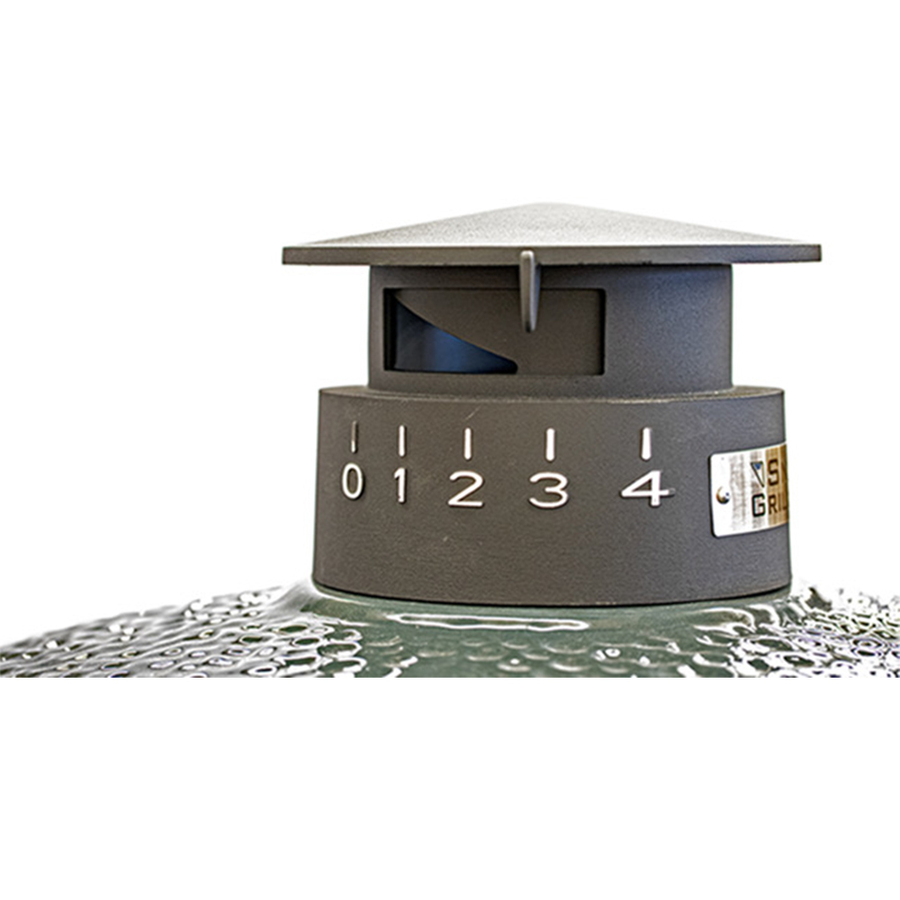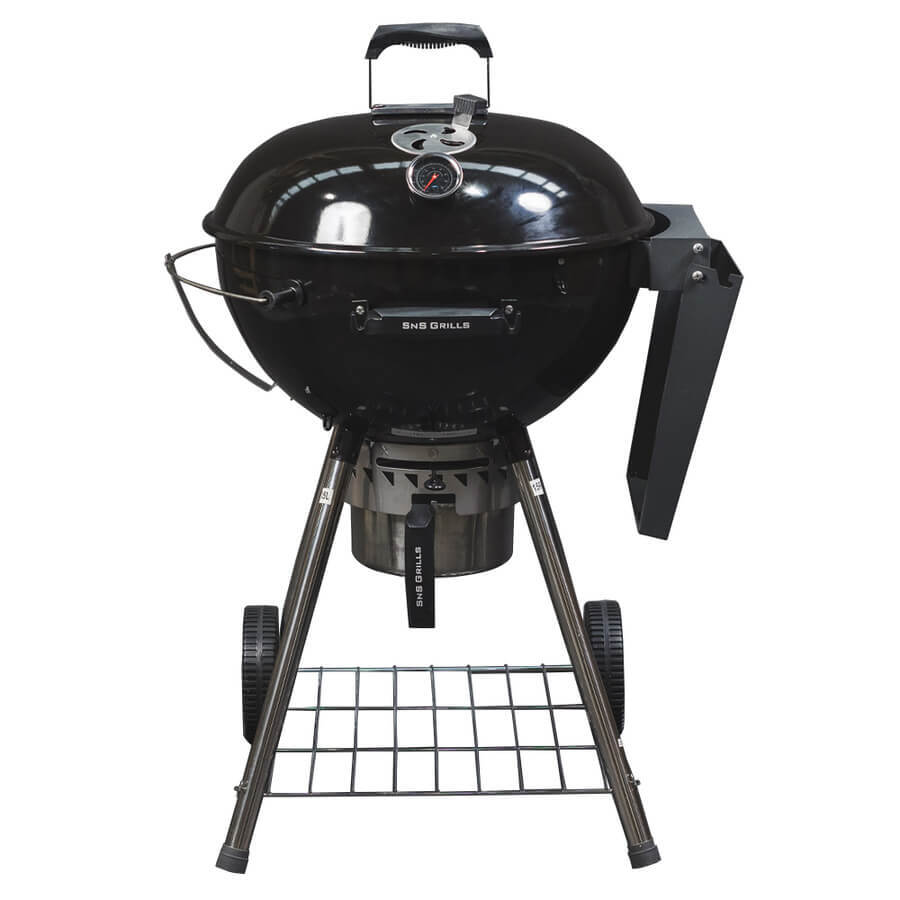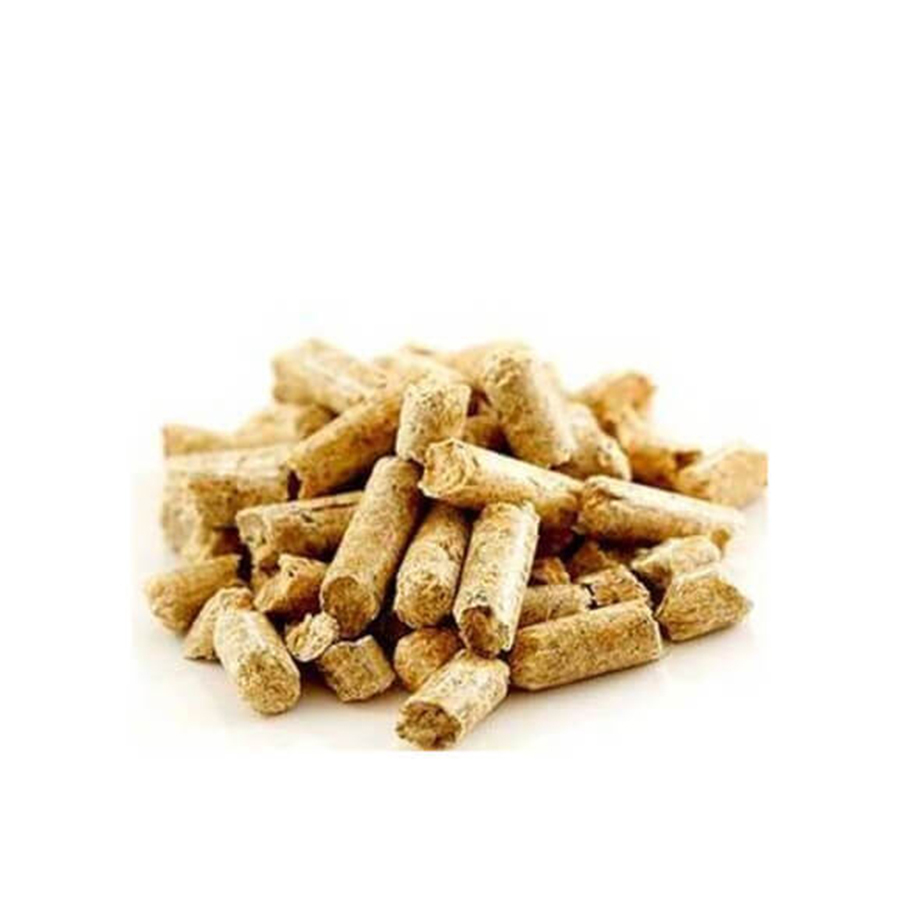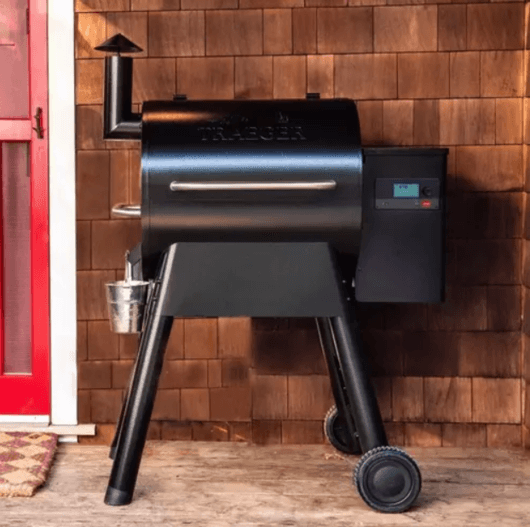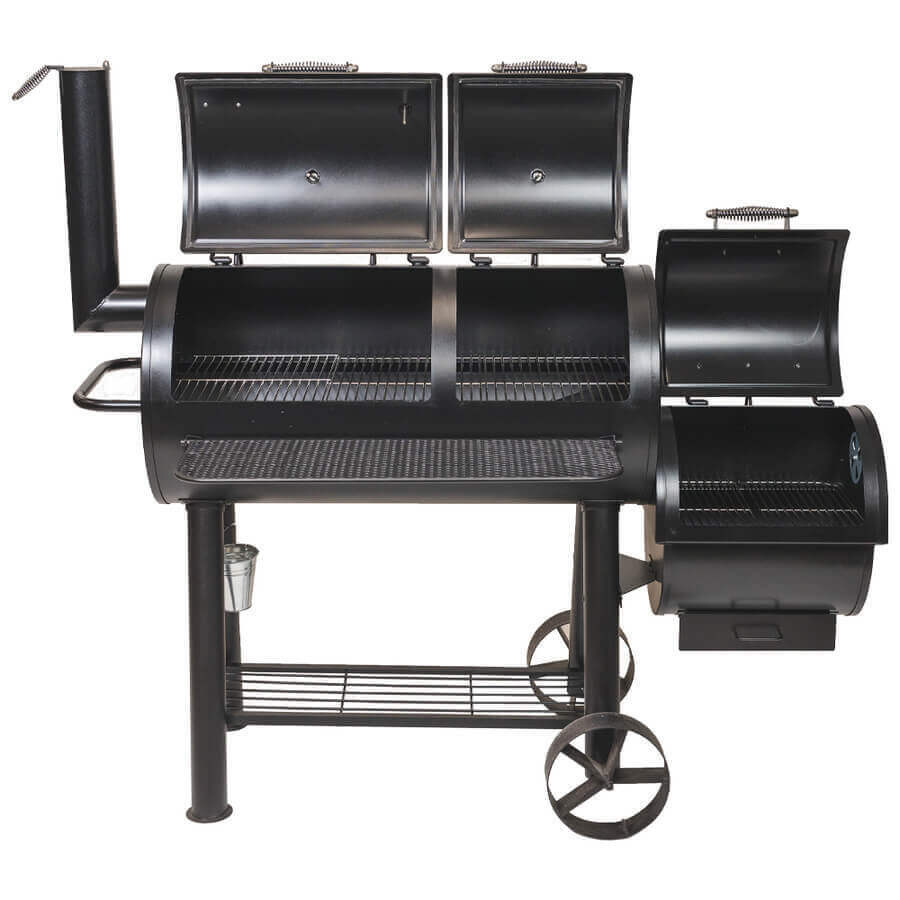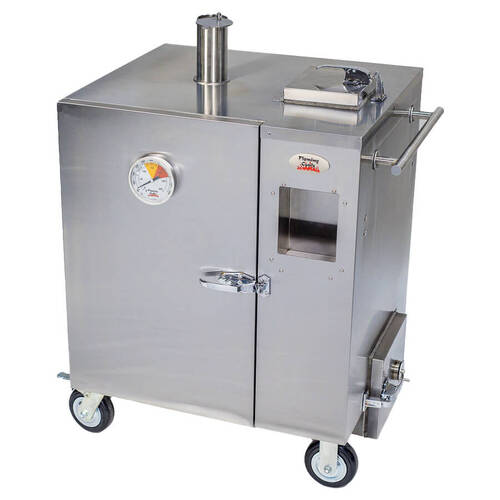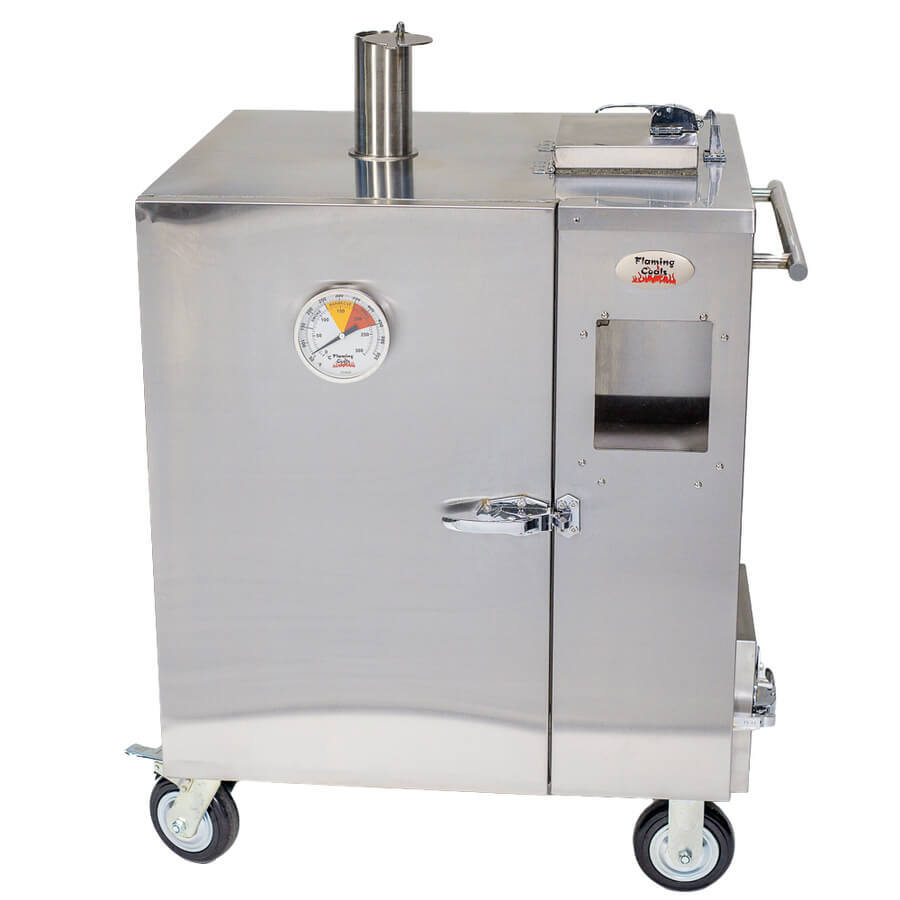The Different Types of BBQ Smokers and How to Use Them
From the classic charm of offset smokers to the modern precision of pellet smokers, this guide will navigate through the distinct types of BBQ smokers, unravelling the secrets of their operation and empowering both novices and seasoned pitmasters alike to master the fine art of smoking delectable, mouthwatering meats.
A pellet grill, also known as a pellet smoker, is a versatile outdoor cooking appliance that combines elements of both grilling and smoking, offering a convenient and efficient way to prepare a wide range of foods with a distinct smoky flavour.
At its core, a pellet grill operates through the use of compressed wood pellets as its primary fuel source. These pellets are typically made from hardwood sawdust and contain no additives, providing a clean and flavorful combustion. The functioning of a pellet grill involves an automated system that regulates the flow of pellets into a fire pot, where they are ignited by an electric igniter. An exhaust fan controls the intensity of the fire, while a temperature control unit manages the overall cooking temperature. Users can set their desired temperature on the digital control panel, allowing for precise temperature control throughout the cooking process.
As the pellets burn, they release a steady stream of smoke, imparting a rich flavour to the food. This automated process makes pellet grills user-friendly, making them an excellent choice for both beginners and experienced cooks seeking convenience without compromising on the authentic taste of smoked and grilled dishes.
A Kettle BBQ smoker is a type of charcoal grill that also functions as a smoker, renowned for its simplicity, versatility, and iconic design. The kettle-shaped grill was popularised by the classic Weber kettle grill, and it has since become a staple in many households. The design features a rounded, domed lid and a bowl-shaped base, typically made of porcelain-coated or enamelled steel, which helps retain heat efficiently.
The cooking process in a Kettle BBQ smoker involves the use of charcoal as the primary fuel source. To initiate the fire, charcoal briquettes or lump charcoal are arranged in the bottom bowl, and they are ignited using various methods such as chimney starters or lighter cubes. Once the charcoal is ready, it is spread out in a mound to create indirect heat for smoking. For added flavour, wood chips or chunks can be added directly to the charcoal to produce smoke.
The Kettle BBQ smoker's lid plays a crucial role in the smoking process by trapping heat and smoke, allowing it to circulate around the food. The vents on the lid and at the bottom of the kettle provide control over airflow, helping to regulate the temperature. By adjusting the vents, users can achieve different temperature zones within the grill, enabling both direct grilling and indirect smoking. The use of a water pan can also be incorporated to add moisture to the cooking environment, ensuring that the meat stays juicy throughout the smoking process.
An offset smoker is a traditional and popular outdoor BBQ designed for smoking and grilling. The key characteristic of an offset smoker is its distinctive shape, featuring a main cooking chamber and a separate firebox attached to one side. These smokers are typically made of heavy-gauge steel.
Here's how an Offset Smoker works:
- Firebox: The firebox is positioned on one side of the main cooking chamber and is used to generate heat and smoke. Users typically burn wood logs or charcoal in the firebox, and sometimes a combination of both. The burning wood generates flavourful smoke, which is drawn into the main cooking chamber.
-
Heat and Smoke Flow: As the wood burns in the firebox, heat and smoke are channelled into the main cooking chamber through a connecting pipe or vent. This indirect heat and smoke circulation create a cooking environment ideal for low and slow smoking.
-
Cooking Chamber: The main cooking chamber is where the food is placed on grates or racks. The offset design allows for indirect cooking, meaning the heat source is separate from the cooking area. This setup is beneficial for slow-cooking meats at lower temperatures, infusing them with a rich smoky flavour.
-
Temperature Control: Temperature control in an offset smoker is achieved by adjusting the airflow. There are vents on both the firebox and the chimney or exhaust stack. Opening and closing these vents regulate the oxygen supply to the fire, affecting the intensity of the heat and smoke. This level of control allows users to maintain consistent temperatures throughout the smoking process.
-
-
Cooking Flexibility: Offset smokers offer versatility by allowing users to cook directly over the firebox for grilling or indirectly in the main chamber for smoking. The large cooking surface in the main chamber also makes it possible to smoke or grill larger quantities of food, making offset smokers popular for gatherings and events.
A barrel smoker, also known as a drum smoker, is a type of barbecue smoker that is designed in the shape of a barrel or drum. These smokers are characterised by their cylindrical shape and are often favoured for their simplicity, efficiency, and the ability to produce flavourful smoked meats. Barrel smokers can be homemade or commercially manufactured, and they are commonly used in both backyard barbecue setups and competitive barbecue events.
Here's how a typical barrel smoker works:
-
Construction: Barrel smokers are usually made from metal barrels, commonly steel. The barrel is horizontally oriented, and it has a lid on top that can be opened for access to the cooking chamber. The bottom of the barrel often has adjustable vents to control airflow.
-
-
Firebox and Cooking Chamber: Barrel smokers typically have a firebox at one end, separated from the cooking chamber. The firebox is where the fuel source, often charcoal or wood, is burned to generate heat and smoke. The heat and smoke travel through the cooking chamber to flavour the food.
-
Grates and Racks: Inside the cooking chamber, there are grates or racks where the meat is placed. These grates provide the surface for the food to be cooked indirectly through the heat and smoke produced in the firebox. Some barrel smokers may have multiple racks, allowing for the simultaneous cooking of various cuts of meat.
-
Temperature Control: Temperature regulation is achieved by adjusting the vents on the barrel. By controlling the airflow through the firebox and the cooking chamber, users can manage the intensity of the heat and maintain a consistent cooking temperature. This is crucial for achieving the desired tenderness and flavour in smoked meats.
-
Water Pan (Optional): Some barrel smokers may include a water pan inside the cooking chamber. The water pan serves multiple purposes, such as maintaining moisture levels within the smoker, stabilising temperatures, and enhancing the smoky flavour of the meat.
-
A ceramic Kamado smoker is a type of charcoal grill and smoker that is characterised by its egg-shaped design and made from ceramic material. The term "Kamado" is derived from the Japanese word for a stove or cooking range. These smokers have gained popularity for their versatility, excellent heat retention, and the ability to maintain precise temperature control, making them suitable for various cooking methods such as grilling, smoking, and baking.
Here's how a Ceramic Kamado Smoker typically works:
-
Ceramic Construction: Kamado smokers are constructed from high-quality ceramic material, which is known for its excellent heat retention properties. The ceramic walls of the smoker help to hold and radiate heat efficiently, allowing for precise temperature control during cooking.
-
-
Airflow Control: Kamado smokers feature a bottom vent and a top vent or chimney, which are used to regulate airflow. The bottom vent controls the amount of air entering the smoker, while the top vent or chimney allows for the release of excess heat and smoke. By adjusting these vents, users can manage the combustion rate of the charcoal and control the cooking temperature.
-
-
Charcoal as Fuel: Kamado smokers primarily use lump charcoal as their fuel source. Lump charcoal is favoured for its purity, as it does not contain additives, and it burns hotter and cleaner than briquettes. The charcoal is placed in the lower portion of the Kamado, typically in a fire grate or on a heat diffuser.
-
-
Heat Distribution: The design of the Kamado allows for even distribution of heat within the cooking chamber. The radiant heat from the charcoal, coupled with the ceramic walls, creates a convection effect that ensures uniform cooking.
-
-
Ceramic Lid and Seal: The ceramic lid of the Kamado smoker is equipped with a gasket seal, which helps to create an airtight cooking environment. This tight seal contributes to temperature stability and fuel efficiency, allowing for long and consistent cooking sessions.
-
-
Versatility: Kamado smokers are versatile cooking appliances that can be used for grilling at high temperatures, smoking at low and slow temperatures, and even baking or roasting. The ability to maintain precise temperature control makes them suitable for a wide range of culinary applications.
A gravity-fed charcoal smoker, is a type of barbecue smoker designed for efficient and consistent low and slow cooking. These smokers are characterised by their vertical design and utilise a unique gravity-fed charcoal system.
The key feature of a Gravity Feed smoker is its ability to provide a steady supply of charcoal to the firebox, allowing for extended cooking sessions with minimal intervention.
Here's how a Gravity Feed smoker typically works:
- Vertical Design: Gravity Feed smokers are often cylindrical or box-shaped, with the cooking chamber situated above the charcoal chute or hopper. The cooking chamber typically consists of multiple racks for placing meat.
- Charcoal Chute or Hopper: At the bottom of the smoker, there is a charcoal chute or hopper where charcoal is loaded. This chute is connected to the firebox, allowing a controlled release of charcoal into the firebox.
- Fuel Loading: The user loads charcoal into the hopper at the start of the cooking session. The amount of charcoal loaded will depend on the desired cooking time and temperature.
- Gravity Feed Mechanism: As the charcoal burns in the firebox, the ashes are collected in a tray below. Simultaneously, fresh charcoal from the hopper above slowly feeds down into the firebox due to gravity. This controlled feed mechanism ensures a consistent and steady supply of fuel.
- Temperature Control: Airflow control is crucial for managing the temperature in a Gravity Feed smoker. Vents or dampers on the smoker regulate the flow of air, allowing users to control the combustion rate of the charcoal and, consequently, the cooking temperature.
- Efficiency and Consistency: The gravity-fed system offers exceptional fuel efficiency and temperature consistency. With the controlled release of charcoal, users can achieve long cooking durations without the need for frequent charcoal replenishment. This makes Gravity Feed smokers particularly well-suited for competitions and events where a stable and even temperature is crucial for consistent results.
- Versatility: Gravity Feed smokers are versatile and can be used for both smoking and grilling. The vertical design allows heat and smoke to surround the meat evenly, resulting in a uniform cooking experience.
From the classic charm of offset smokers to the user-friendly efficiency of pellet grills and the timeless appeal of kettle and barrel smokers, each type offers a unique experience for smoking and grilling enthusiasts. Armed with the knowledge of how these smokers work, from the intricacies of temperature control to the nuances of fuel selection, you're well-equipped to embark on a delicious journey of mastering the art of smoked meats.
Check out our range of BBQ smokers
.png)
by: Michael Wilkie

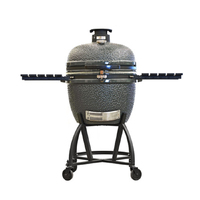
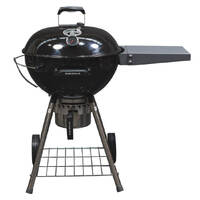
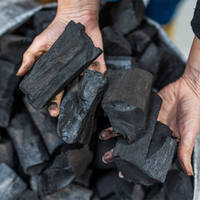
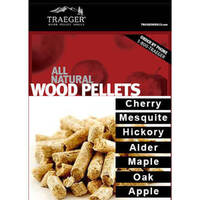
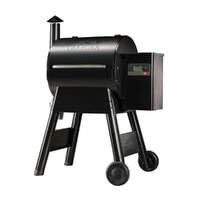
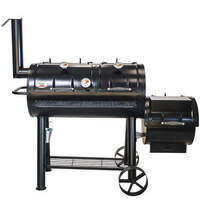
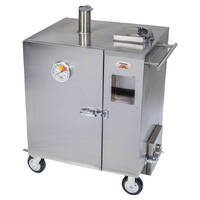
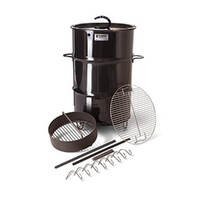
.jpg)

